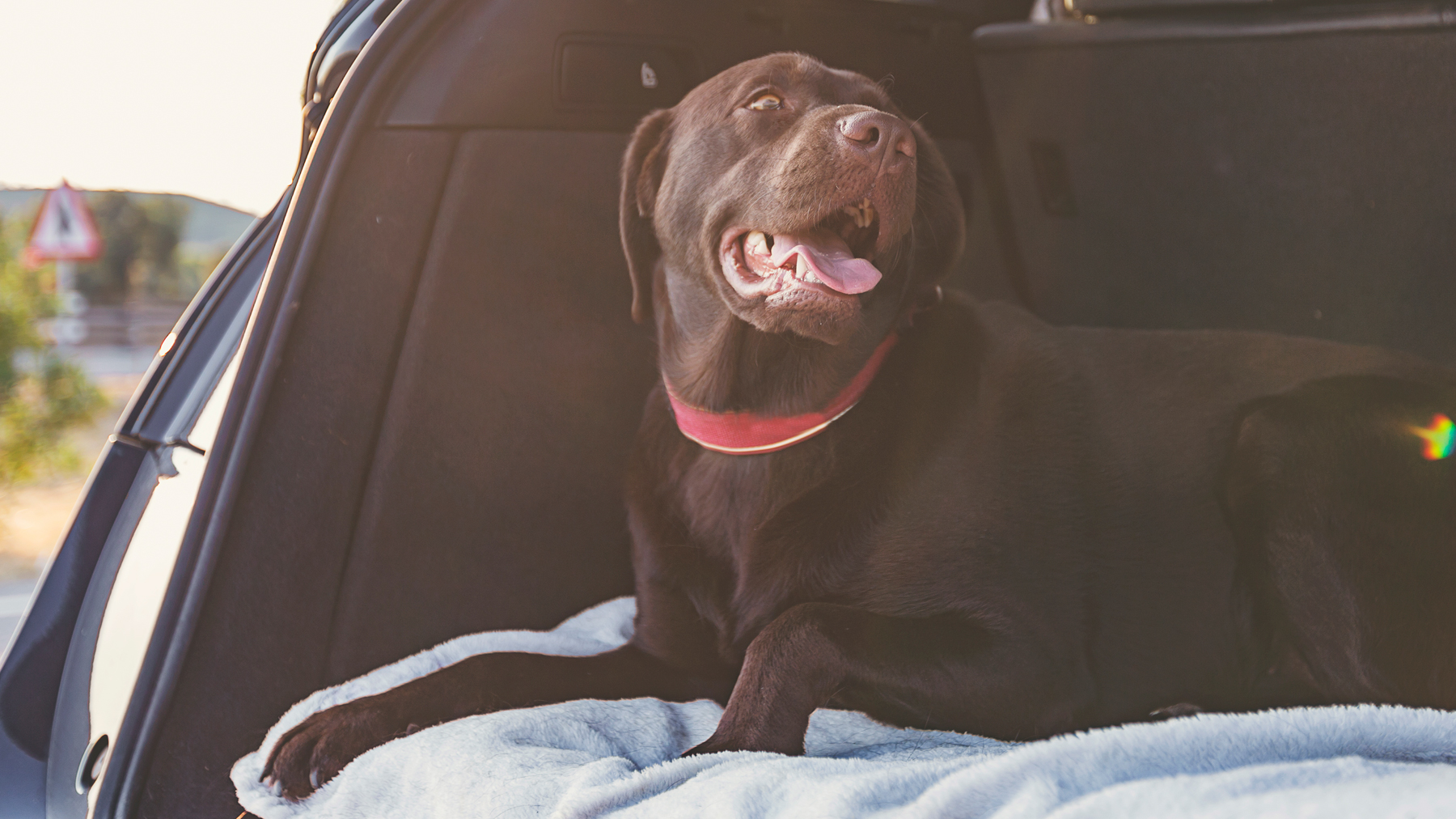Use this dog trainer’s four leash walking rules if you want a better behaved dog on walks
Teaching your dog how to heel in new environments is a great way to set your walks up for success

Taking your dog for a walk outside presents them with all kinds of distractions. Whether that be free-roaming wildlife in your local park like squirrels or deer, people playing with a ball or other dogs - they are all things that can steal your canine’s attention.
You won’t always have the best puppy toys to hand when you need to gain back your dog’s attention on a walk. This is why it’s so important that you show your dog who is in charge and instill good walking manners in them as soon as possible.
Head trainer at Reno Tahoe Dog Training LLC, Kaylea DeBard, shared with TikTok a set of rules she finds helpful when teaching a dog how to walk calmly and to focus on you while walking outdoors. DeBard notes, “These rules may not be in place forever but it’s a great place to start to have a calm dog.”
In the video DeBard walks viewers through the steps she takes to teach a dog how to heel in a new environment. “Working in new environments with dogs can be extremely overstimulating to the dog so you want to make sure you have lots of patience before you start,” she explains.
Let’s run over her three rules for teaching a dog how to focus on you while out for a walk:
1) Never begin a walk until your dog displays calm behavior
If you often take your dog to locations where you have to drive to the walk, DeBard says her first rule is that the dog never exits her vehicle with an excessive amount of energy. If you aren’t going on a walk via the car you can do the same just don’t let your dog out the front door if they’re going mad. If they try to push past you or run on dragging you with them then stop and put them back inside.
“I then open up the car door and if it happens again, I repeat that process. I load the dog up in the car and I shut the car door to reset,” DeBard explains, “Most of the time it takes a few tries and the dog immediately starts watching you and hesitating a little bit.” When this happens you should reward them with verbal praise or one of the best dog treats.
Get the best advice, tips and top tech for your beloved Pets
2) Ask for a sit
Once they have exited the vehicle or your home you should ask your dog to sit down. If they don’t do this for you, you guessed it, you’re going to load them back in the car and begin the process all over again. DeBard says, “Keep working at it until your dog can unload into a sit really nicely.”
For some owners and their dogs, the training might not go any further than this. If this is the case load up again and then head home before trying again another time. Rome wasn’t built in a day and neither was training a dog how to behave calmly on a walk.
On the other hand, if you are making good progress and your dog is understanding that they have to unload nice and calmly you can move on to the final rule.
3) Take the training to a small area outside
“I don’t normally take dogs on long walks whenever I’m introducing them into new environments. Instead, I’ll take up a small space and work on our heel,” notes DeBard. During this time you should work on different walking elements such as following, stopping and pace variation. DeBard encourages owners using this step to allow their dogs lots of brakes in between training, letting them sniff on their breaks. “This way a dog can take in their new environment in a healthy way with a nice balanced approach,” she says.
She doesn’t say that these rules have to be used every time you go for a walk with your dog but it can help teach your dog the kind of manners and behaviors you expect to see from them when going for a walk in a new environment. More importantly, it will help make the walking experience much more pleasurable for you both.
This method won’t suit all dogs but there are other training solutions out there that could help out any struggling dog owners. Perhaps you're falling victim to one of these reasons why your dog’s recall isn’t reliable or you might be lacking activities for a hyperactive dog, all of which we can help you with.

Jessica holds a journalism degree from Cardiff University and has authored articles for renowned publications, including PetsRadar, Fit&Well, LiveScience, Runner's World, The Evening Express, and Tom's Guide. Throughout her career in journalism she has forged connections with experts in the field, like behaviorists, trainers, and vets. Through her writing, Jessica aims to empower pet owners with accurate information to enhance their furry companions' lives.
